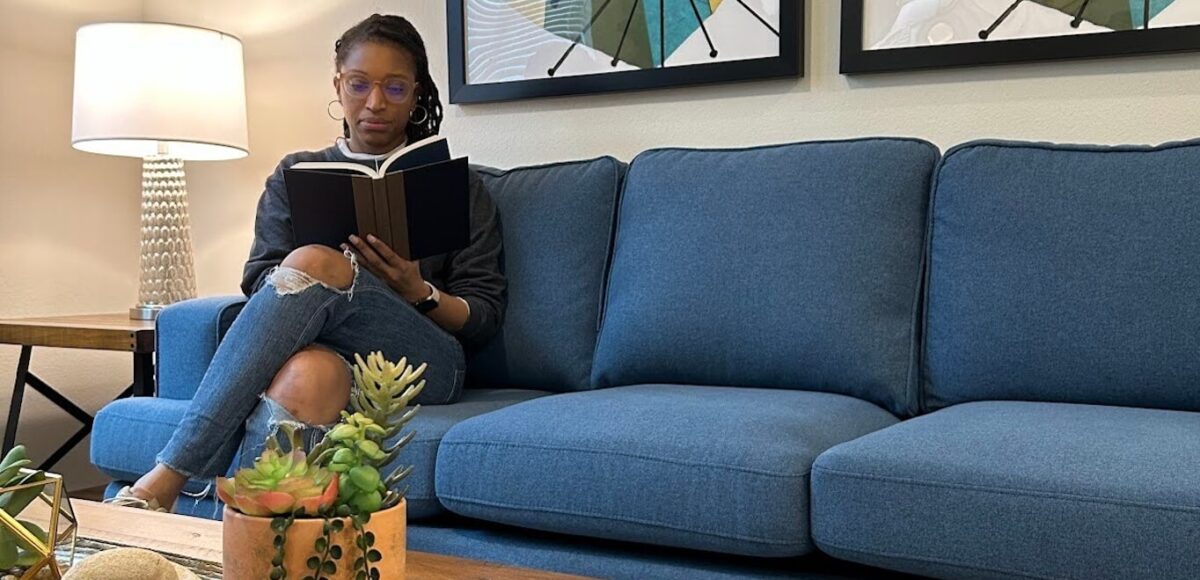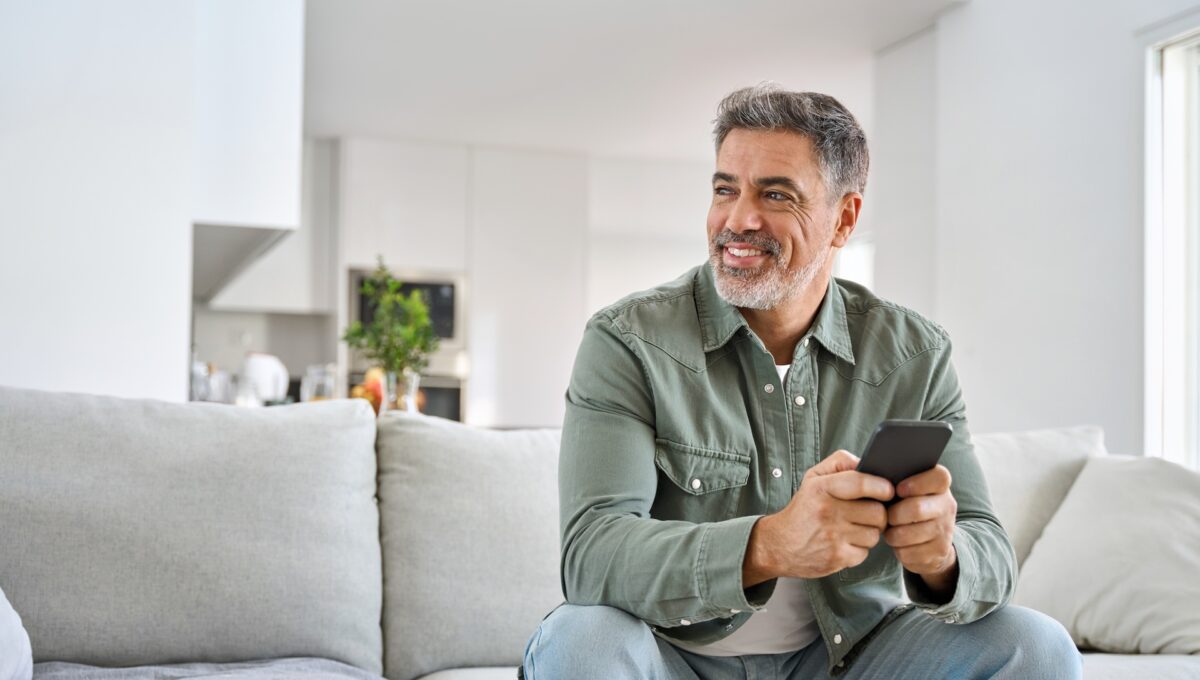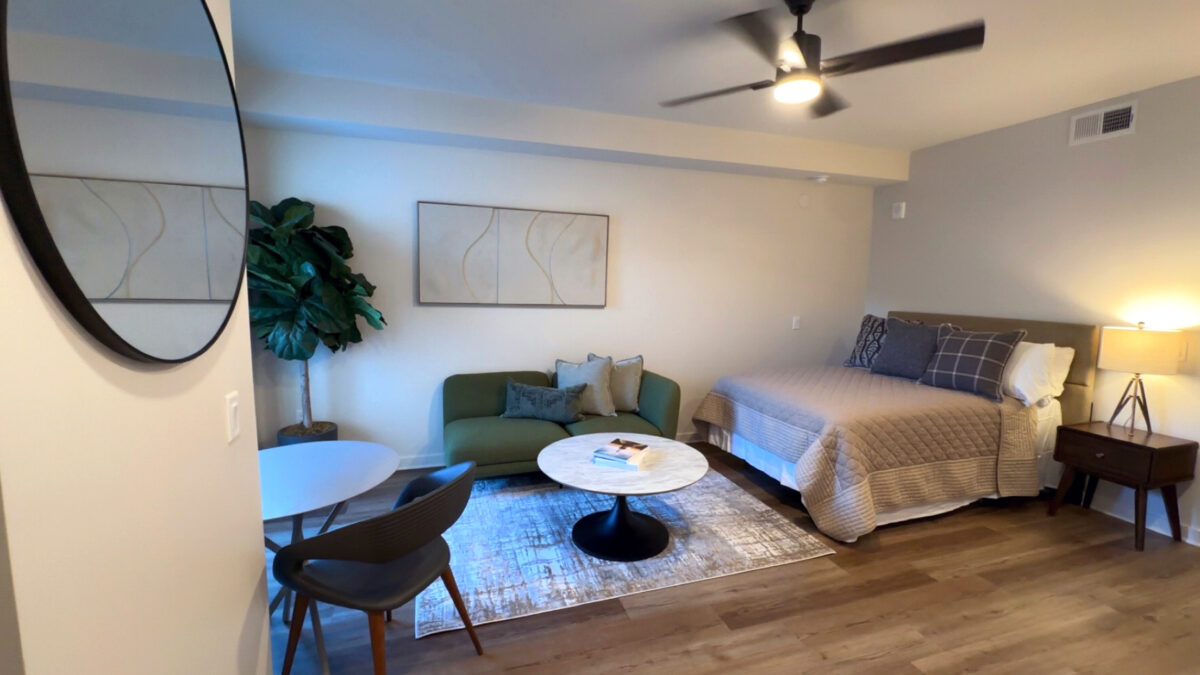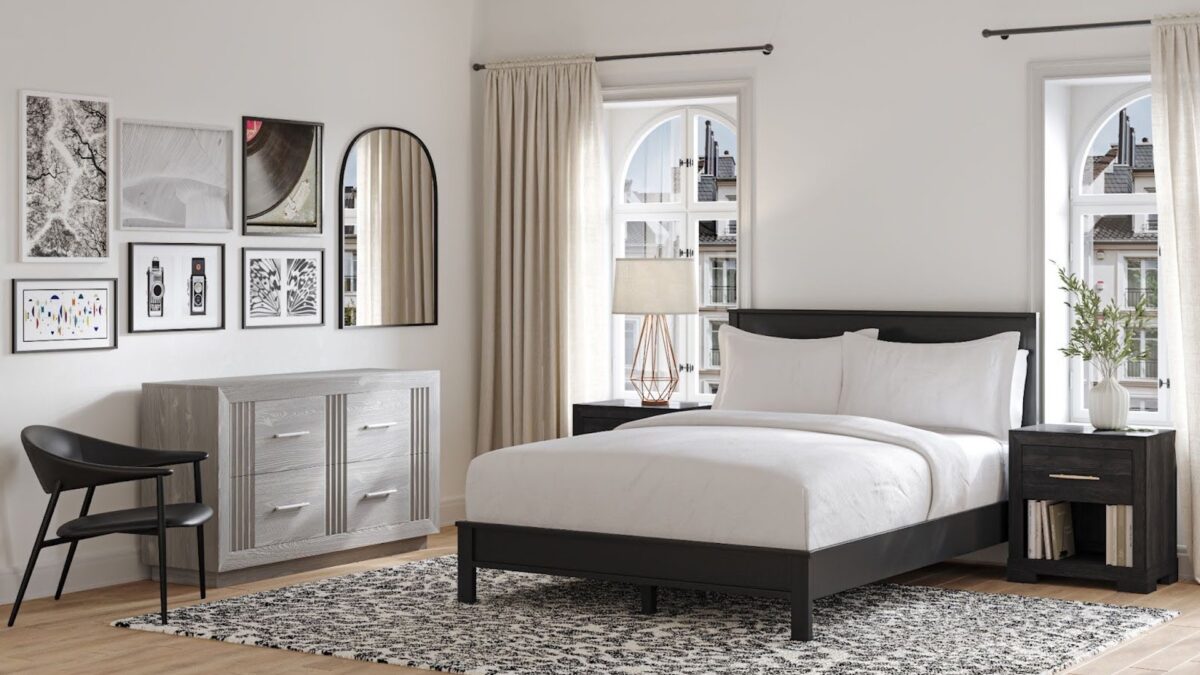Slow living, much like slow travel, is becoming increasingly popular. Focusing on finding joy in everyday things, prioritizing peace and mindfulness, and surrounding yourself with a meaningful community can help make you happier and more content. So, how do you practice that at home? These tips will help you embrace slow living and make your home more intentional.
1. Declutter Your Space for Simple Living
One of the key focuses of the slow living movement is prioritizing the things that matter the most to you. In your home, that can translate to letting go of items that no longer serve you to make space for more important things. That can look different to everyone, but some ideas for ways to declutter to be more intentional include:
- Getting rid of items associated with bad memories
- Giving furniture, clothes, and other items that you no longer use to someone who needs them more
- Removing “fluff” that you have duplicates of or doesn’t serve a purpose in your home
By decluttering your home and removing things you don’t need, you can give more space and attention to the things that you do use. This process can be liberating, allowing you to focus on what truly matters. Consider going through your home one room at a time and examining the items in it carefully while asking yourself: What purpose does this item serve? Do I need it? Could it serve someone else better?
2. How to Slow Down By Decluttering Your Mind
Maybe you lay in bed at night thinking about the next day’s to-do list. Or perhaps you find yourself unable to relax, constantly doom scrolling, not paying attention to what’s happening around you. Clutter doesn’t only exist in physical space; your mind can also be cluttered! You can slow down and enjoy life by removing distractions and focusing on more positive experiences. A few ways to declutter your mind include:
Reducing social media time
In theory, social media is a great way to stay connected with friends and family. In reality, though, it can have a much more negative effect: According to researchers from MIT, when Facebook became available to college students, it led to an increase in severe depression by 7% and anxiety disorder by 20%. Reducing your time on social media can help you be more present, sleep better, and feel less anxious.
Carving out time for hobbies
Research indicates that there may be a positive mental health correlation between people who regularly participate in hobbies and people who do not. The type of hobby doesn’t necessarily matter — whether it’s drawing, practicing an instrument, playing a sport, birdwatching, knitting, or something different, it can benefit your brain and improve your overall happiness.
Being part of your community
The value of community can’t be overstated. Some research shows that a sense of community is one of the strongest indicators of personal happiness! While volunteering is certainly a helpful way to get involved in your community, it’s not the only option. Hosting a rotating weekly potluck with neighbors, attending local events, and even asking your neighbor for a cup of sugar can help build your sense of community.
3. Make Intentional Purchases: Quality Over Quantity
Making purchases is an unavoidable part of life. That doesn’t mean it must detract from your slow-living lifestyle, though. When you need to make a purchase, especially a large one, stop and think about it before pressing that “buy it now” button. Ask yourself:
- How will I use this?
- Is this item sustainable?
- Do I already have something else that serves the same purpose?
- Do I have the option to buy it locally?
- Will I still use it in 1, 5, or even 10 years?
- Could it serve multiple purposes in the future?
- Taking time to make purchases and think them through can benefit your budget and help you be more intentional about your possessions.
Buy it for life
The buy-it-for-life movement goes hand in hand with slow living. The principle is simple: put your money into high-quality, long-lasting items with the intention of keeping them for the rest of your life. Taking this perspective into your purchases can help you buy more mindfully.
4. Embrace a Slow-Living Aesthetic with Natural Elements
Your home should be a place of relaxation and calm. One of the best ways to bring that calm and focus to your space is by embracing the natural world. The American Psychological Association says that time in nature can improve cognitive function, overall well-being, and mental health.
While you may not always be able to go outside for a hike, you can bring natural elements into your home.
- Colors: Earthy colors, including greens and browns, can be calming and grounding.
- Decor: Nature-inspired decor, such as wall art, can bring a taste of the outdoors inside, even when you’re stuck behind a computer screen.
- Natural light: Our brains thrive on natural light. Open the blinds when you can and opt for softer, warm-toned lamps when needed.
- Greenery: Indoor plants have also been shown to improve mental health. If you don’t have a green thumb, try faux plants for a low-maintenance boost.
5. Prioritize What Matters Most to Live Slow
You spend most of your time at home, whether working, sleeping, or relaxing. Make sure your space focuses on what you value instead of simply being a place to sleep.
Dedicate space for the things you love
Maybe you’re a passionate writer – craft a comfortable nook that encourages you to sit down and write. Or maybe you love to have friends and family over for a homecooked meal; focus on having a welcoming dining room with a large table and plenty of chairs. Whatever your passion, dedicate space to that in your home.
6. Keep Your Home Cozy and Restful
Another essential element of slow living is self-care. After all, you can’t be an involved community member if you’re constantly frazzled. By designing your home to be a sanctuary where you can unwind, you can embrace the slower pace of life and enjoy the moment more.
Comfortable, natural textures and materials are a great place to start. Soft pillows, cushions, and rugs can create a cozy, relaxing place. Warm lighting can help create a soothing environment. And an ultra-relaxing, spa-like bedroom can help you get the sleep you need to be your best self when you kick off your mindful morning routine.
CORT Has the Furniture You Need to Craft Your Space
Another element of slow living is focusing on sustainability and making your space more eco-friendly while considering your impact on the planet. Circularity is a sustainability model that can help keep high-quality items like furniture in use for longer and find new uses once they have served that purpose. Renting furniture from CORT is a great way to participate in circularity while making your home look great!
How does CORT work? Find the furniture and decor you’ll need to create a comfortable, vibrant living space by browsing online or heading into your local CORT Furniture Rental Showroom. Enjoy Furniture on Your Terms™ – choose your lease term and the furniture package that best suits your space and style. We’ll deliver and set up your furniture and take it away when your lease term ends. Get started with CORT today.







